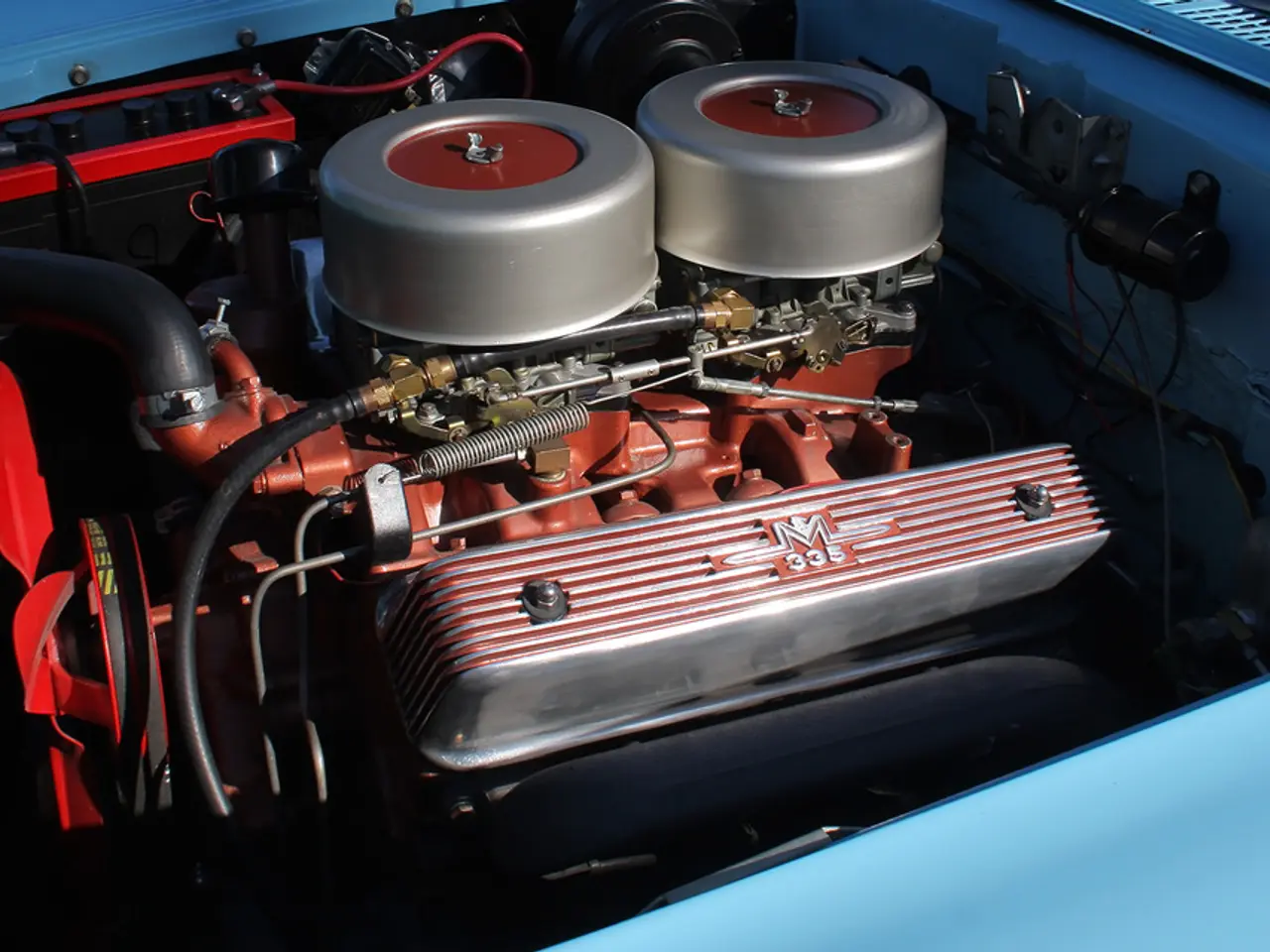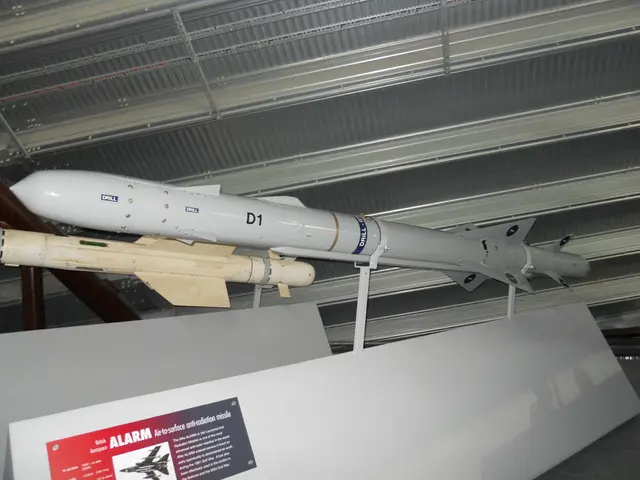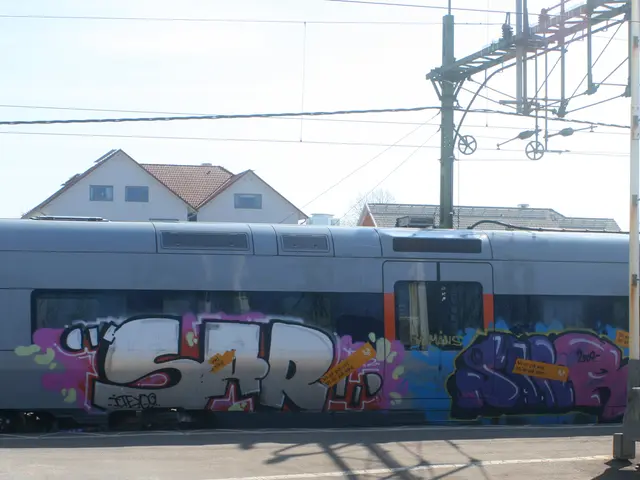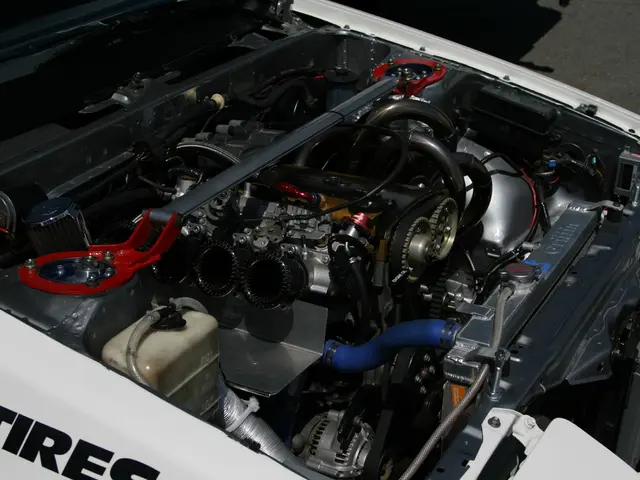Transformation in Processes: Moving from Conventional to Mechanized Continuous Improvement Production (CIP) Operations
In the ever-evolving landscape of the food and beverage industry, a significant shift is underway. The conversations sparked by these developments have opened doors for innovations that could redefine our understanding of cleanliness and safety in our industries. As we move forward, we should embrace both the nostalgia of our traditions and the excitement of automation.
The Benefits of Integrating Traditional and Automated CIP Systems
The fusion of traditional and automated Cleaning-in-Place (CIP) systems promises a host of advantages that can revolutionize the way we operate.
Efficiency and Time Savings
Automated CIP systems can significantly reduce the time required for cleaning and changeovers, allowing for more efficient production cycles. For instance, systems like INOXPA's pigging system can minimize changeover time between batches, improving line efficiency.
Hygiene and Product Consistency
Automated CIP systems ensure high levels of hygiene and product quality by using clean-in-place processes, which reduce contamination risks and improve product recovery rates. This is particularly beneficial in industries where maintaining product consistency is crucial, such as pasteurized milk production.
Cost Reduction
By automating CIP processes, companies can reduce water and chemical usage, leading to cost savings and environmental sustainability.
Scalability and Flexibility
Automated systems are often modular and adaptable, making them suitable for integration into existing or new production lines across various applications.
Challenges and Strategies for Overcoming Them
Integrating traditional and automated systems can be complex, requiring careful planning and coordination to ensure seamless operation and avoid system downtime. To address these challenges, strategies such as gradual implementation, hybrid training, and effective system integration are being employed.
The Future of CIP Technology
The future of CIP technology may involve a harmonious fusion of traditional and automated systems. This blend of human intuition and advanced technology creates a work environment where both enhance operational processes. The advantages of automated CIP systems can have a direct and positive impact on product quality and safety.
Many automated CIP systems come equipped with robust monitoring software that tracks cleaning cycles and evaluates effectiveness through data analysis. This empowers teams to make informed decisions and optimize their processes continually.
Despite the shift towards automation, traditional CIP systems still hold a special place in the industry. They foster a sense of camaraderie among staff, making late-night cleaning shifts enjoyable. Innovation should respect the craftsmanship that built our industries, allowing us to thrive collectively in a landscape that is changing at an unprecedented pace.
As we navigate this pivotal moment in CIP technology, there is a sense of optimism about the direction we're heading. Teams are implementing a hybrid approach, where human oversight seamlessly complements automated systems. There remains a deep appreciation for the traditions that laid the groundwork for the industry, even as automation is discussed and adopted.
In conclusion, the integration of traditional and automated CIP systems offers a promising path for enhancing operational efficiency, improving product quality, and reducing costs while maintaining a high standard of hygiene and safety in the food and beverage industry.
Read also:
- AI Inspection Company, Zeitview, Secures $60 Million Funding for Expansion
- Future of Payments: If the U.S. regulates stablecoins through the GENIUS Act, according to Matt Hougan
- High-Performance McLaren Automobile: McLaren Speedtail
- "Worldwide Initiative Introduces Scheme to Boost Eco-friendly Entrepreneurship in Underdeveloped Regions Worldwide"








